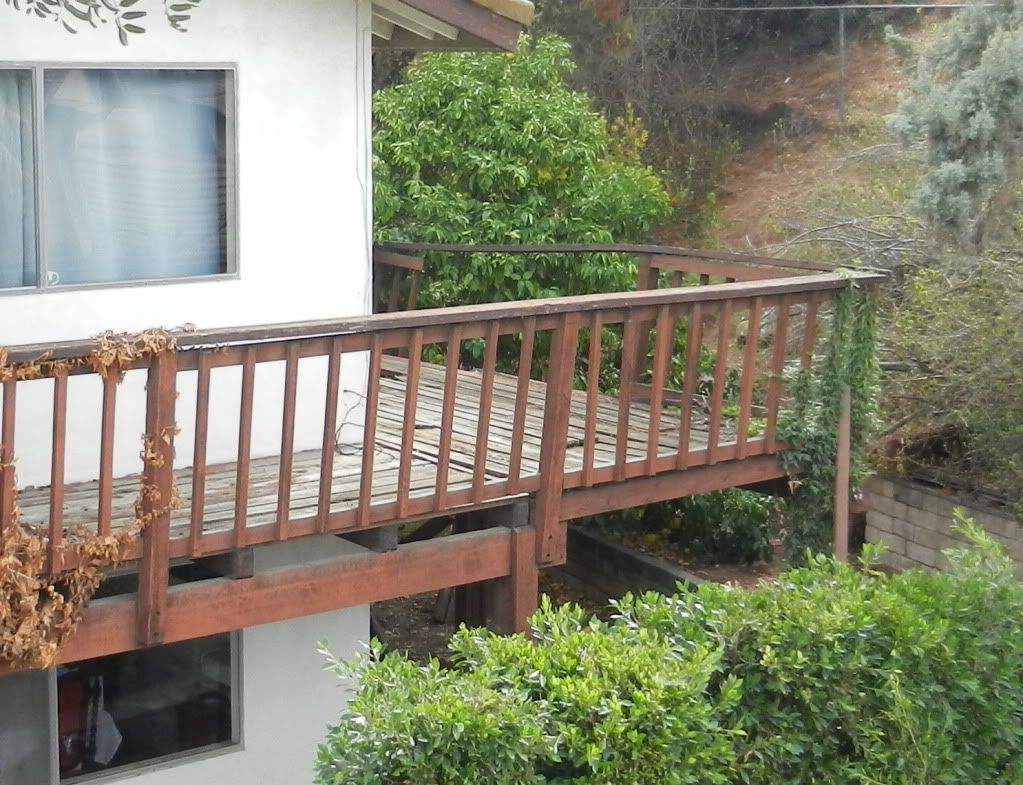jar546 said:
The tiebacks from joist to inside joist would have kept it from dropping all the way to the ground. The ledger is no longer a factor.
The inclusion of the tiebacks in the IRC was a result of concern about how well the rim joist is connected to the rest of the framing. However, I have heard a few people refer to it like you have...as a sort of safety device in case of failure due to poor construction. This brings a few thoughts to mind.
1) If the tiebacks are intended to "catch" the deck in case the ledger rots out from poor flashing...half the effort used to install these anchors could be used to flash the ledger better instead. Then you eliminate this argument. My point is the decks that are failing got little to no attention when built...now we are on the opposite of the spectrum. Well-flashed ledgers so the band won't rot, and hold back anchors for when it does? That hurts my brain.
2) The 1500 lb resistance is tested laterally. As a horizontal load. If the band/ledger were to fail completely from rot and the lateral anchors were used to "keep it from dropping to the ground" there is going to be a tremendous moment (rotation, torque) on the all-thread and the anchors from the downward force of the deck that would otherwise fall. This is not how these anchors or assembly of anchors were tested or intended to perform.
3) Even if the anchors/all thread assembly was designed or could otherwise handle the rotation force placed on them from the falling deck, 3,000 lbs (anchors in two locations) isn't going to get you far when it comes to vertical loads. The dead load of 10 psf alone would only get you a 300 sf deck. All the deck failures I have seen were during periods of live loading. Add that weight and you hit 3,000 really quick.
My point:
The notorious deck failures during prom photos and parties from rotten band joists and nailed ledgers would not have been held up under those conditions by a couple lateral anchors suddenly put under torque from downward loads. That is just plain not what they are meant to do.
Half the effort it takes to install these anchor per spec and to analyze the ledger and band joist for bolt placement (2012 IRC) could be used for the following and you'd have decks perform just fine:
1) Stop connecting to cantilevered floors (unsupported band joists)
2) Take the time to well flash the ledger, including installation of self-adhering polymer-modified bitumen (peel n' stick) behind the ledger.
3) Stop connecting to or through anchored brick veneer.
4) Put some lag screws
5) Brace against lateral deformation (racking) that ultimately loosens all the connections
6) End our society's attitude that decks are just so easy to build.
Oh man...I'm off and ranting now... sorry...


